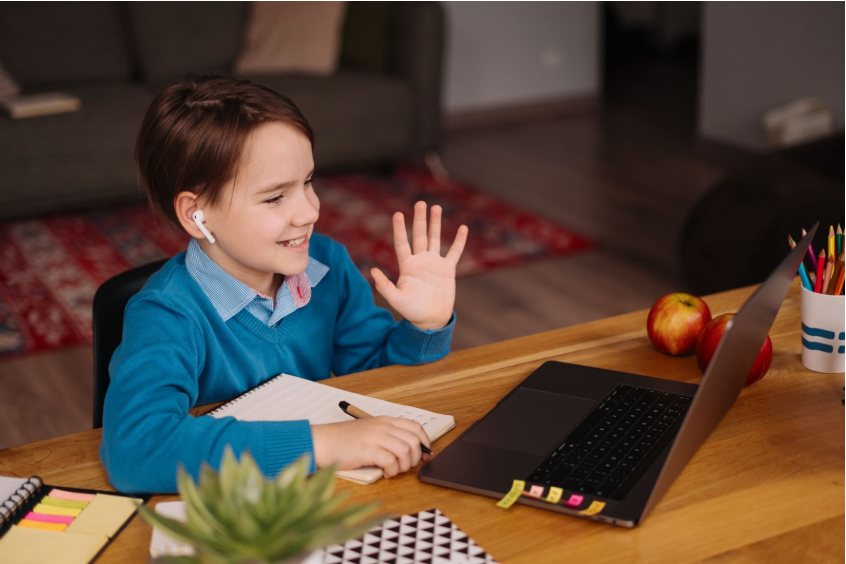Virtual learning for kids has become one of the biggest shifts in education in recent years. Whether your child has been part of an online classroom during school closures or you’re exploring virtual learning as a full-time alternative, the idea of kids learning through a screen can raise a lot of questions.
You might be wondering: Is it effective? Can my child focus? What will they miss out on? These are valid concerns—and you’re not alone in asking them.
Let’s walk through the world of virtual learning—what it is, what works, what can get tricky, and how we can, as parents and caregivers, help make it a positive experience.

In simple terms, virtual learning means your child is being educated through an online learning platform for students rather than in a traditional classroom. This could mean:
Virtual learning can be used full-time, part-time, or as a supplement to in-person education.
Virtual learning continues to thrive. Many parents are enrolling their kids in virtual learning programs. According to the National Center for Education Statistics, over 54% of college students took at least one online course in Fall 2022—showing that online education remains more popular than it was before 2020.
If you are also planning to enroll your child in any online learning platform, you can go ahead. You can expect to get these benefits through it!
Like anything, online tutoring and virtual classes aren’t perfect. It comes with its own set of challenges—and being aware of them helps you prepare better.
If you’re considering an online learning platform for students, or your child is already using it, here are a few tips to make the experience smoother and more successful:
Even if it’s just a corner of a room, having a consistent, quiet place to study helps signal that it’s time to focus.
Kids thrive on structure. Try to keep consistent wake-up times, class hours, and breaks, even if the schedule is more flexible than traditional school.
Take small breaks for movement, food, or walks. Help reset a child’s brain and body.
Teach your child how to check their assignments, how to submit work, and how to communicate with their teacher. These skills are essential in becoming independent and confident.
Check in on how your child is feeling—not only academically, but emotionally. Try asking questions like “What did you learn today?” or “Was there anything confusing?”
Finished a tough assignment? Did you attend every class this week? Celebrate those wins! It keeps motivation up and makes learning feel rewarding.
Not necessarily. Some kids thrive in the structure and energy of a physical classroom. Others flourish when given more freedom and flexibility. It depends on a child’s learning style, personality, and personal needs.
A few signs that virtual learning could be appropriate include:
Virtual learning isn’t just a trend—it’s a shift in how education can be delivered. And for many families, it offers real solutions and flexibility.
If you’re considering virtual learning for your kids, here’s the reassurance: exploring virtual learning options gives you the freedom to ask questions, try things out, and make adjustments as you go. Every child is different, and what works for one may not work for another.
But the fact that you’re here, learning about it, means you’re doing what every great parent or caregiver does—you’re showing up, staying informed, and doing your best to support your child’s growth. And that’s something worth celebrating.
At A+ Virtual Learning, we know virtual learning for kids isn’t just a trend—it’s a smarter, more flexible way to support both students and teachers. Whether you’re a parent exploring options or a school looking to boost outcomes, our expert-led, customized programs are here to help.
From early learning to college prep, we’re with you every step of the way. Let’s make learning better—together!